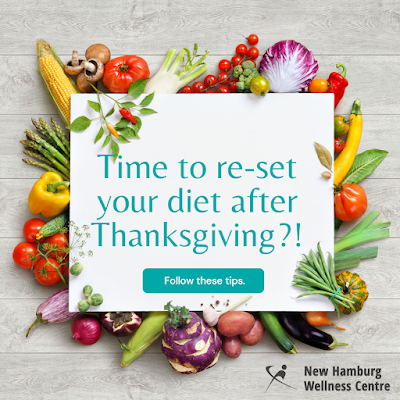⛄ For many, the holiday season is packed with all sorts of excitement. But it's also full of things that can throw a wrench in your sleep schedule—and by the time the New Year rolls around, you can find yourself dealing with a serious case of post-holiday exhaustion! 🥱
HOLIDAY EATING 🍰
All of those rich, decadent foods can make it harder to fall asleep after your big holiday meal. Luckily, you don’t have to forgo your holiday favourites completely in order to get a good night’s sleep; you just have to change the way you consume those foods. Try not to eat to the point of feeling excessively full. Avoid foods that tend to cause you stomach pain, gas, or indigestion.
When you eat is also important. Eating your holiday meal early gives your body time to digest—so that by the time you’re ready to go to sleep, your body isn’t still trying to process the food you enjoyed earlier. 🍗🥧
HOLIDAY COCKTAILS 🍸
Alcoholic beverages may make you feel sleepy, and may even get you to sleep faster or earlier than it normally would, but alcohol gravely disrupts your sleep cycles to where you are actually getting mostly light sleep during the night—and you may not even be entering deep sleep or REM sleep [at all]. 💤
If you don’t want your holiday cocktails to mess with your sleep, try to limit the number of drinks you enjoy during the evening hours, and plan to stop drinking well before you go to bed. 🛌 Do your best to limit excessive alcohol consumption at night—and try not to consume any alcohol at least two hours before bedtime. 🕛
HOLIDAY STRESS 😧 🎄
If you’re one of the people that finds the holidays far more stressful than relaxing, it’s important that you find ways to manage your stress.
While the best way to manage stress will vary from person to person, some recommended strategies to help manage your stress for better sleep this holiday season include:
▶ Avoiding stimulants, like caffeine, throughout the day ☕
▶ Exercise, which reduces cortisol and releases stress-fighting endorphins 🎽
▶ Meditation and/or deep breathing exercises—especially before bed 🧘♀️
#holidays #sleep #eating #drinking #stress #wellness #wecanhelp #wilmot









